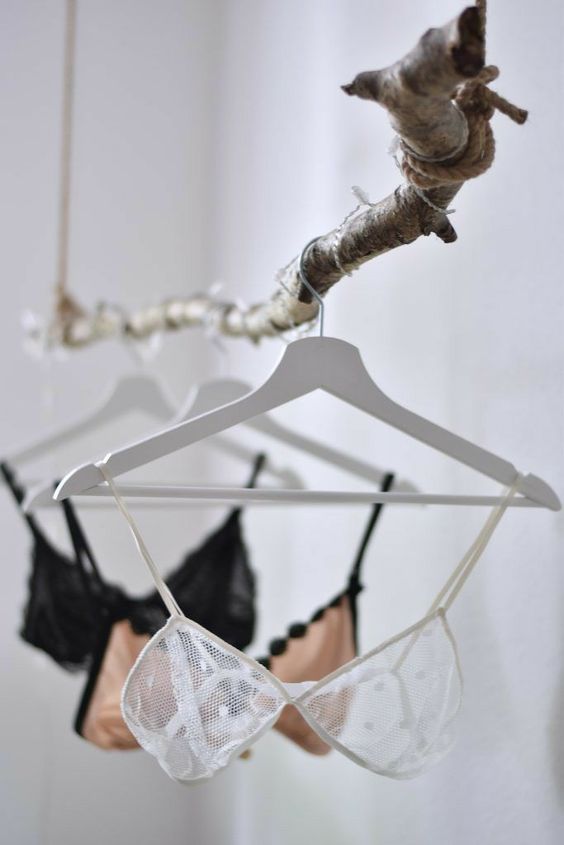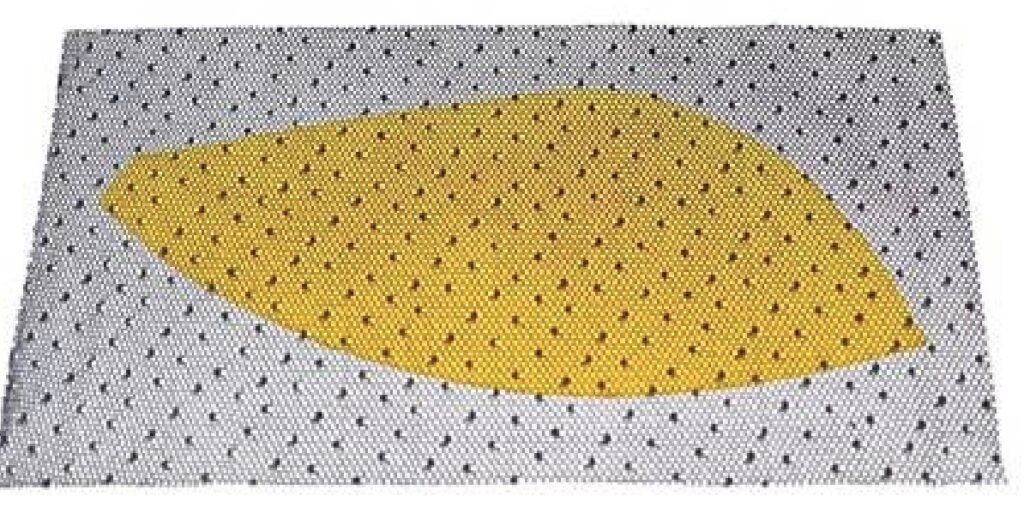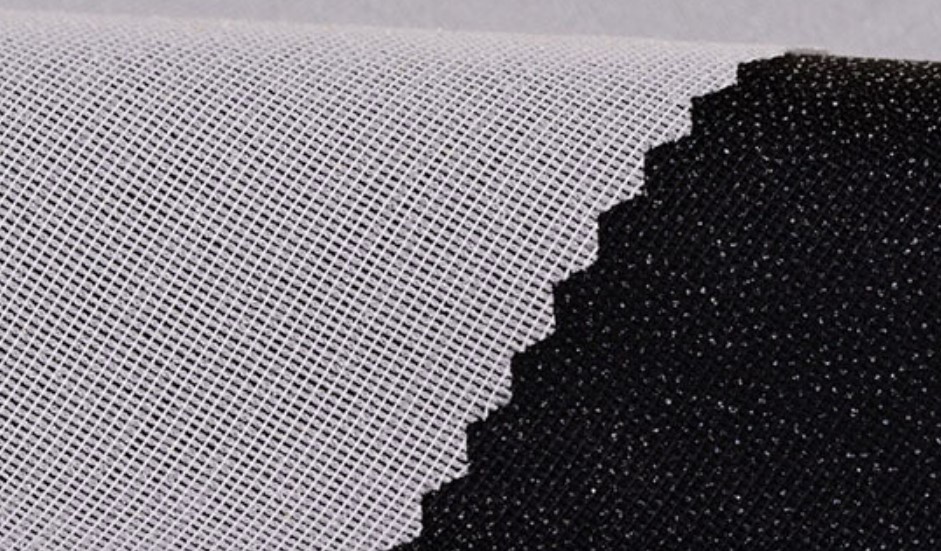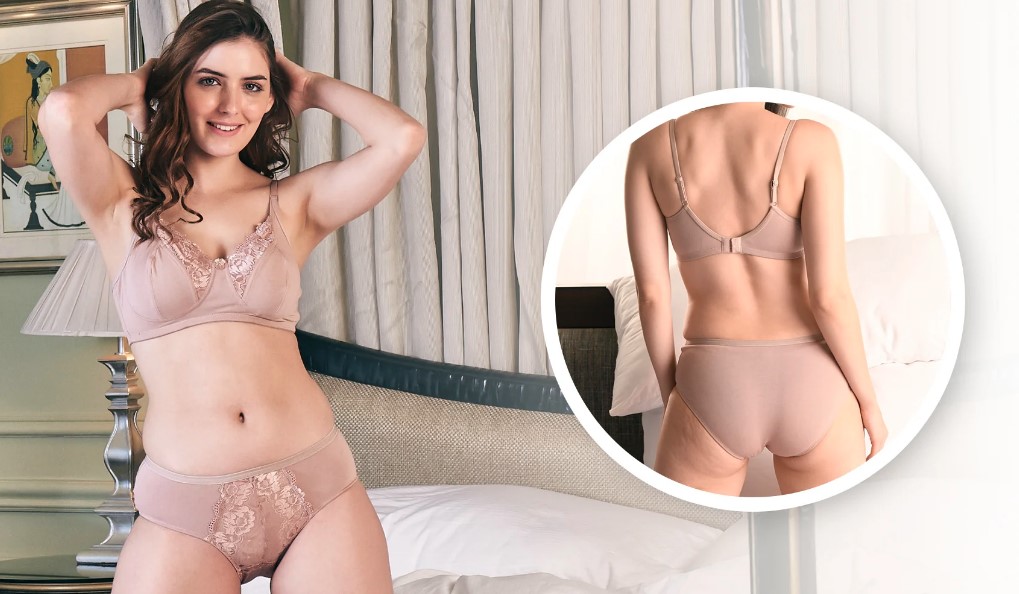
FABRIC HACKS!
Enhancing Intimate Apparel: Mastering the Art of Fabric Manipulation
In the world of intimate apparel, fabric is everything. The feel against the skin, the stretch, and the support it provides – every aspect of the fabric matters. But what happens when you fall in love with a fabric that seems unsuitable for your bra-making project? Fear not, because fabric manipulation techniques can come to your rescue.

UNDERSTANDING THE CHALLENGE
One of the most common challenges in intimate apparel design is dealing with fabrics that have too much stretch. It’s a common “flaw” in the textile world, but it doesn’t have to be a deal-breaker for your project. There are ways to make these stretchy fabric work for you.
THE LAYERING APPROACH
One of the key techniques in fabric manipulation for intimate apparel is layering. This approach involves combining two fabrics strategically to achieve the desired properties. Here’s the rule of thumb: the top layer of fabric must have equal or more movement than the base layer. There are three primary ways to layer fabrics:
1. FABRIC TO FABRIC
Simply put, you layer one fabric on top of another. This is a fantastic option when you want to combine the beauty of stretch lace with the support of tricot or power net. It not only adds a lacy touch but also enhances support. To make handling easier during construction, consider using spray adhesive.

- First, cut a piece of the overlay fabric in a rough rectangle larger than the pattern piece you intend to cover, ensuring the direction of greatest stretch aligns with the pattern.
- Follow the adhesive manufacturer’s instructions to apply it to the right side of the base fabric.
- Adhere the overlay fabric rectangle to the base fabric piece, ensuring it’s right side up and flat.
- Trim away the excess overlay, using the bra piece’s base layer as a guide.
- Now, you can treat the two layers as one during the construction process.
2. FABRIC TO STRETCH TRICOT INTERFACING
When dealing with non-lace fabrics with excessive stretch, like 4-way stretch jersey, consider bonding the fabric to lightweight tricot interfacing. This method is ideal for creating more stable fabric for frames and cups but isn’t suitable for the band due to excessive stretch.

- Cut the interfacing from the pattern and cut a piece of your fashion fabric slightly larger than the tricot piece.
- Follow the manufacturer’s instructions to bond the fabric to the interfacing.
- Use the interfacing piece as your guide to cut the fashion fabric.
- You’ve now created a new, more stable fabric to use in your bra.
3. FABRIC LINING
Another approach to fabric manipulation is lining the fabric with a sheer nylon tricot. This method works well under laces, fabrics that may not feel comfortable against the skin, or as a supporting layer under fabrics that are close to the stretch requirements for the bra. While you’ll cut the same pieces as for your fashion fabric, how you attach the lining to enclose seam allowances can be strategic and depends on the cup pieces.

With these fabric manipulation techniques in your toolkit, you can turn seemingly unsuitable fabrics into perfect choices for your intimate apparel projects. Don’t let the characteristics of your fabric limit your creativity; instead, use these methods to enhance your designs and achieve the desired look, feel, and support.
